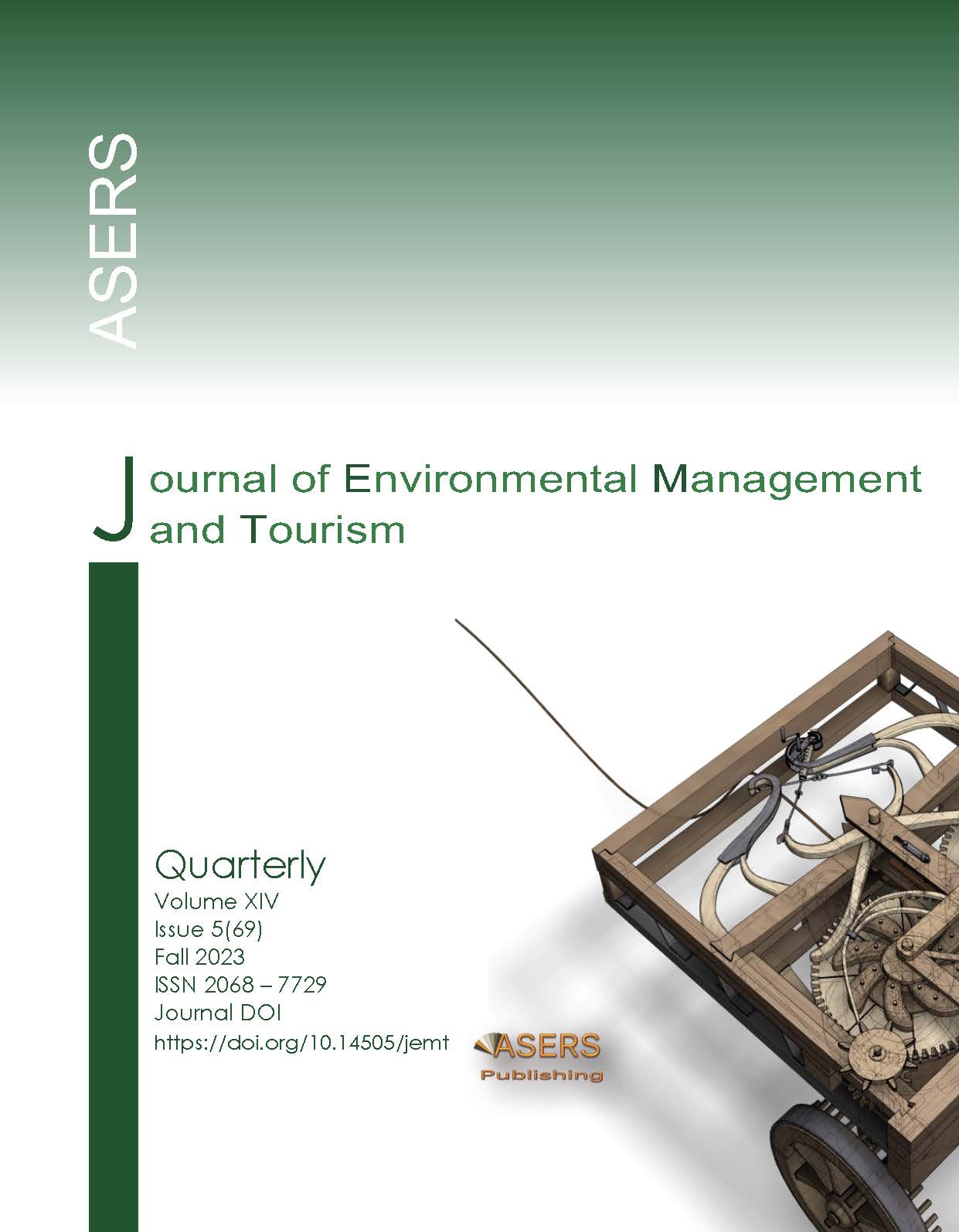Accumulation of Heavy Metals in the Needles of Scots Pine of the Semipalatinsk Pre-Irtysh Region and Burabay National Park
Accumulation of Heavy Metals in the Needles of Scots Pine of the Semipalatinsk Pre-Irtysh Region and Burabay National Park
Author(s): Botakoz YELKENOVA, Raikhan Beisenova, Rumiya Tazitdinova, Zhanar Rakhymzhan, Nurziya KARIPBAEVASubject(s): Economy
Published by: ASERS Publishing
Keywords: heavy metal pollution; bioindicators; bioaccumulation; biomonitoring; air pollution; anthropogenic pollution
Summary/Abstract: Relict bogs in the northeastern area of the Republic of Kazakhstan are located in close proximity to sources of heavy metal pollution – non-ferrous metal ore mining and processing facilities, and highways. Monitoring of heavy metal transport in the air by means of a bio indicator such as Scots pine (Pinus sylvestris L.) is relevant for preventing the damaging effects of heavy metals on the population living in this region. The purpose of this article is to study pine needles (Pinussylvestris L.) on the territory of the Semipalatinsk Irtysh region and the Burabay National Park to identify the features of the accumulation of heavy metals carried by atmospheric air flows, depending on the age of its formation. To determine the content of chemical elements in needles of the first, second and third year of formation from six experimental plots mass spectrometry method ISO 17294-2׃2003 was used. Its results made it possible to conduct a primary analysis of theaccumulation of heavy metals in the needles of Scots pine (Pinus sylvestris L.) depending on the year of its formation. General scientific methods were also used in the analytical selection of the scientific literature to formulate the objectives of the experiments and to compare the results obtained with those of other authors. Experimental studies revealed a direct correlation between the increase in concentrations of individual metals and the age of the needles. Furthermore, an increase in concentrations of individual chemical elements has been detected in the conifers of the second year of formation. The findings can be used for further scientific research on the use of pine needles (Pinus sylvestris L.) as a bio indicator, the impact of the heavy metal composition of the north-east of Kazakhstan on plant organisms, but also used in practice to monitor the state of the environment and the management of forests.
Journal: Journal of Environmental Management and Tourism (JEMT)
- Issue Year: XIV/2023
- Issue No: 5(69)
- Page Range: 2242-2252
- Page Count: 11
- Language: English
- Content File-PDF

